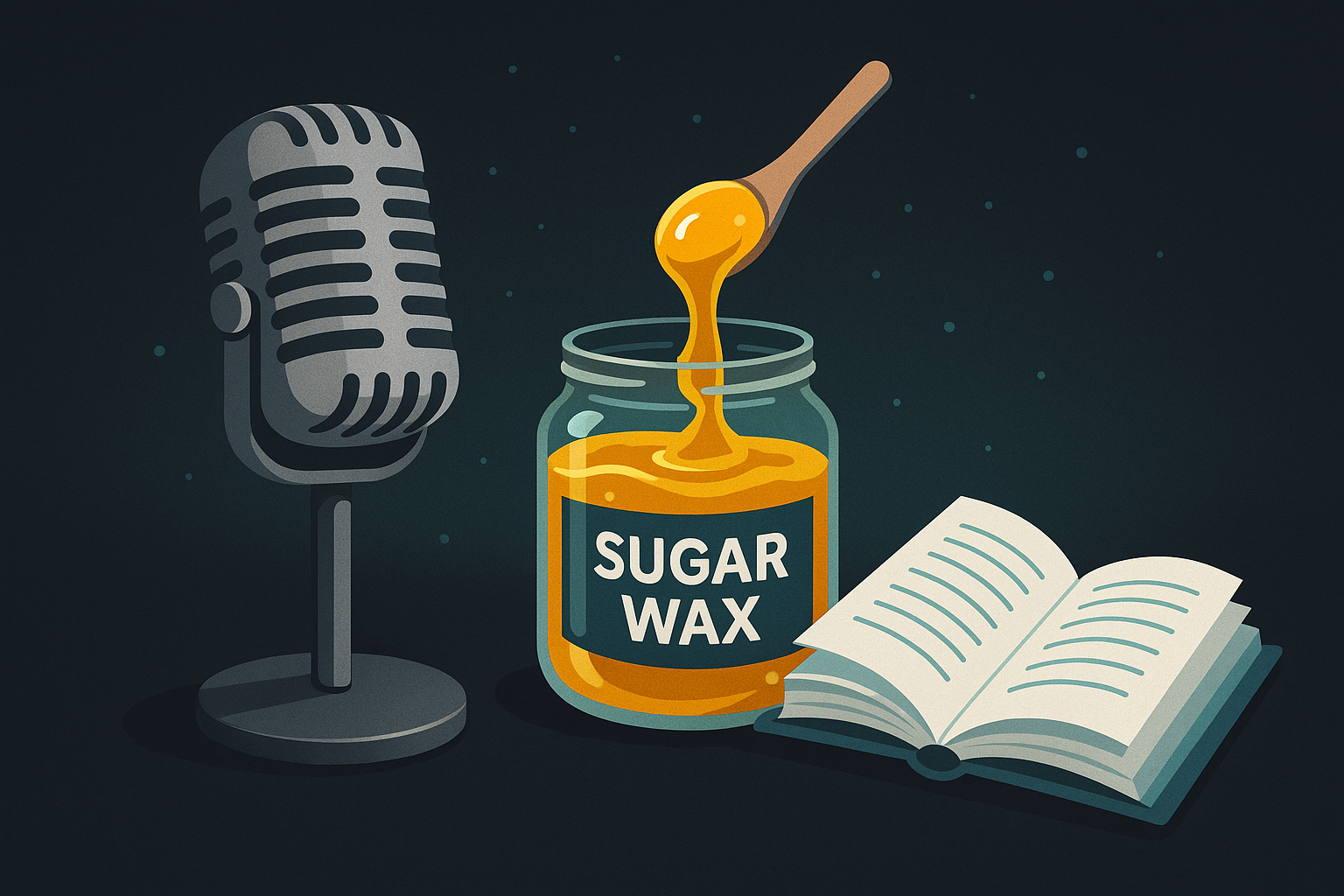What DIY Sugar Waxing Can Teach Us About Customer Experience (And AI)
It’s easy to assume that the future of commerce is all about cutting-edge code, machine learning, and hyper-optimized funnels. But sometimes, the most illuminating lessons come from the sticky, analog world—like, say, the process of making your own sugar wax at home. Yes, you read that right: sugar wax, the humble, three-ingredient concoction that’s been quietly smoothing limbs since before anyone uttered the word “algorithm.”
I recently stumbled across this sugar wax recipe, and it struck me: the act of making (and using) sugar wax is an uncanny metaphor for the modern entrepreneur trying to connect with customers in a world awash with tech.
The Recipe: Simplicity, Transparency, and a Little Bit of Mess
Let’s break down the recipe. It’s sugar, lemon juice, and water. You heat, you stir, you wait for the magic (or chemistry, if you’re pedantic). No secret sauce, no artificial fillers, no high-fructose complexity. In the sugar wax recipe, the author lays it all out: the exact method, the expected pitfalls (too runny? Too hard? Try again!), and how to handle the mess. There’s a radical transparency here that’s missing from so many digital experiences today.
And the result? You get a product you can trust—because you made it, you watched it happen, and you knew what went into it. Not unlike the best customer journeys, where transparency and simplicity build trust faster than any loyalty program ever could.
From Sticky Fingers to Sticky Brand Loyalty
Here’s where things get interesting for those of us thinking about commerce and AI. The sugar wax process is hands-on, iterative, a little unpredictable. The first batch is rarely perfect. You tweak, you adapt, you learn. It’s not unlike deploying a new AI tool or chatbot—there’s the recipe, but there are always unexpected variables. The temperature of your audience. The speed at which your feedback loop boils down to insights.
But more striking is the customer involvement. There’s a kind of intimacy here. You’re not just a passive consumer; you’re the creator, the tester, the user. When we think about AI-driven personalization, we often forget that people don’t just want to be served—they want to be involved. They want to peek behind the curtain, maybe even stir the pot themselves.
Tech as a Transparent Ingredient, Not a Hidden Additive
Imagine if more brands treated AI and automation the way the sugar wax recipe treats its ingredients: openly, with guidance and the expectation that there might be a little trial and error. Instead of hiding the machinery, invite your audience to participate—explain how their data shapes their experience, show them the “recipe” behind their personalized recommendations. Let them see the mess, and the care, that goes into making things work.
For podcasters and entrepreneurs, this is especially crucial. Audio is intimate. Your listeners are already in your kitchen, so to speak—why not hand them the spoon? Ask for their input. Share your process. Let them help co-create the experience, whether it’s through interactive episodes, real-time feedback, or even user-generated content that shapes your show or your product offering.
Actionable Takeaways: Wax On, AI Off (Sometimes)
- Embrace Transparency: Don’t just automate—explain. Show your audience the “ingredients” behind your tech stack and decision-making.
- Iterate Publicly: Bring your listeners or customers along for the ride. Share what’s working, what’s not, and what you’re trying next.
- Encourage Participation: Let your audience stir the pot—offer interactive elements, feedback channels, or even co-creation opportunities.
- Simplify the Recipe: Strip away unnecessary complexity in your workflows and communications. The best experiences are the ones that feel homemade—even when powered by AI.
- Accept the Mess: Imperfection isn’t a bug; it’s a feature. Let your audience see the process, and they’ll trust the result (and you) all the more.
So whether you’re concocting a new podcast series, deploying your latest AI-powered recommendation engine, or just looking for a smoother customer journey, remember: sometimes, the sweetest solutions are the simplest—and the stickiest lessons come from getting your hands a little dirty.
Checkout ProductScope AI’s Studio (and get 200 free studio credits)

